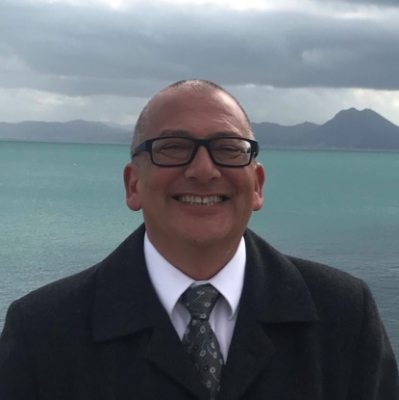Celebrating Women's History Month: Literacies of Sisterhood
Some years ago, I drove up to Utica, New York, USA to visit my maternal aunt. She gifted me a manila envelope of papers she had long kept belonging to her mother, my grandmother. Among these was Grandma Yanko’s (née Dancha) eighth grade diploma. I had it framed:
This certifies that Anna Dancha has completed the Eighth Grade of the Course of Study as prescribed for the Public Schools of Cambria County, State of Pennsylvania, consisting of viz: Reading, Orthography, Penmanship, Arithmetic, Geography, English Grammar, United States History, History of Pennsylvania, Physiology and Hygiene, and has passed a satisfactory examination therein. In recognition of the same, she is entitled to receive this certificate of entrance into any recognized High School in Cambria County. Given this thirteenth day of June 1924.
Back in 1924, it was a rare thing for the daughter of an Eastern European immigrant coal-miner to complete the eighth grade. My grandma's formal education ended that year, and she was married shortly thereafter. But one of the things the diploma doesn’t mention was my grandma’s biliteracy. The daughter of immigrants hailing from Drahovo in current day western Ukraine, Ana Dancha learned to read and write in English as her diploma certified. However, in her Sunday school classes at the little wooden church her own parents helped to build in Vintondale, Pennsylvania, she also learned to read and write in Rusyn — an East Slavic language of Central and Eastern Europe written in Cyrillic script.
A vivid memory I have of my grandmother is how when a neighbor received a letter from “the old country,” she would be invited to read it out loud, translate, and pen a response. She was one of the few in town who could. She tried to teach us Rusyn words and expressions here and there. I still remember a few.
Besides being able to translate for neighbors, my grandma’s biliteracy was the means through which she was able to know her oldest sister, the daughter her own parents had left behind in Drahovo with the thought of bringing her to the United States once they had settled in. Wars, poverty, and an Iron Curtain prevented that from ever happening. The two sisters did write to each other regularly their whole lives. Eventually, with the Glastnost of the 1980s, my grandma was able to make the trip to Ukraine, and the old women met for the first time. But they already knew each other intimately: They had written to each other across a lifetime.
Not long after their reunion, my grandmother died. Someone wrote her sister to let her know. Family legend has it that she too died a couple of days after receiving the news — of a broken heart.
These days, in the state of North Carolina where I live and work, there’s been a rapid expansion of dual language/immersion K–12 public school programming, largely stemming from the State Board of Education's 2013 Global Education Task Force Report, “Preparing Students for the World.” Today, the state counts 240 dual language/immersion programs in eight different languages, including Cherokee, Chinese, French, German, Greek, Japanese, Spanish, and Urdu. But back in 1924, “old country” languages in U.S. communities were stigmatized. They still are today, especially when the home language lacks a perceived economic currency or prestige.
It is true that Rusyn with a “y” is a language shared by a relatively small percentage of the world’s population — mostly in the mountains of the Western Ukraine of today. But I’m glad my grandmother learned to read and write in Rusyn because it was her biliteracy that gave her a sister.
So I’ll conclude with a couple of questions to think about:
- What languages have our own families lost, preserved, and learned? What do these languages represent for us?
- How can (bi)literacy practices bring families and worlds closer together?

